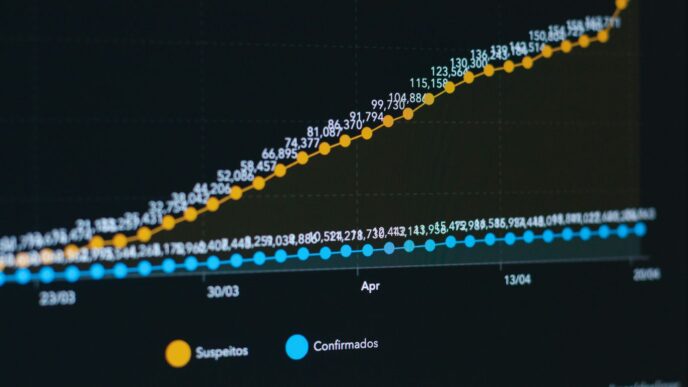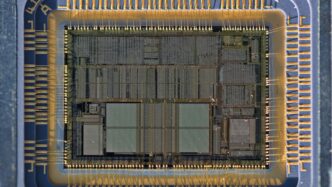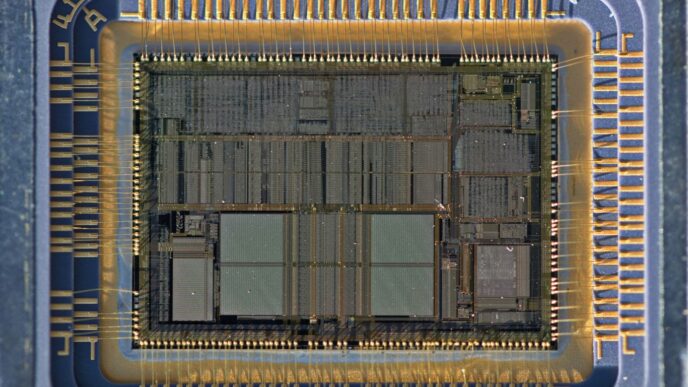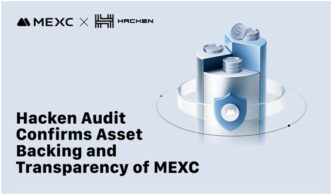Are you tired of your business operations being slowed down by the limitations of traditional cloud computing? Or are you curious about the latest buzzword in technology – edge computing – and wondering if it’s worth exploring for your company? Look no further, because this article is here to shed light on the epic battle between edge computing and cloud computing. Join us as we delve into their differences, benefits, and ultimately help you determine which one holds the key to unlocking unprecedented efficiency and scalability for your business.
What is Edge Computing?
Edge computing is a data processing and storage architecture in which information is processed and stored as close to the source of origin as possible. In an edge computing architecture, data is processed at or near the edge of the network, rather than in a remote data center or cloud.
The benefits of edge computing include reduced latency, increased security, and improved scalability. Edge computing can also be used to process real-time data from sensors and devices, which is essential for applications like autonomous vehicles and industrial IoT.
There are several factors to consider when deciding whether edge computing or cloud computing is right for your business. These include the type of data being processed, the required processing power, the amount of data storage needed, and the bandwidth requirements.
Advantages and Disadvantages of Edge Computing
Advantages of Edge Computing:
- Lower Latency: Edge computing brings data storage and processing closer to the edge of the network, where devices are located. This reduces latency and improves real-time responses.
- Improved security: By keeping data within the confines of an organization’s premises, edge computing can help to improve security. Data is less likely to be intercepted or leaked when it doesn’t have to travel as far.
- Greater Efficiency: Edge computing can help to save bandwidth and improve overall efficiency. When data is processed at the edge, it doesn’t need to be transmitted back and forth between devices and the cloud, which can free up resources for other tasks.
Disadvantages of Edge Computing:
- Limited Scalability: One potential downside of edge computing is that it can be difficult to scale up if an organization’s needs grow beyond the capacity of its on-premises infrastructure. Cloud-based solutions may offer a more scalable option in these cases.
- Requires specialized hardware: In order to take advantage of edge computing, organizations often need to invest in specialized hardware, such as local servers or gateways. This can add to the upfront cost of implementing an edge solution.

What is Cloud Computing?
Cloud computing is the on-demand delivery of compute power, database storage, applications, and other IT resources via the Internet with pay-as-you-go pricing.
On-demand self-service: Users can access cloud computing services as needed, without having to engage IT staff or providers.
Broad network access: Cloud services are available over the network and accessed through standard mechanisms that promote use by thin or legacy clients, such as a web browser.
Resource pooling: The provider’s computing resources are pooled to serve multiple consumers using a multi-tenant model, with different virtualized resources dynamically assigned and reassigned according to consumer demand.
Rapid elasticity: Resources can be elastically provisioned and released, in some cases automatically, to quickly scale up or down in response to changes in demand.
Measured service: Cloud systems automatically control and optimize resource use by leveraging a metering capability at some level of abstraction appropriate to the type of service (e.g., storage, processing, bandwidth, and active user accounts).
Advantages and Disadvantages of Cloud Computing
There are many advantages and disadvantages of cloud computing that businesses should consider when deciding whether to move to the cloud. One advantage is that cloud computing can save businesses money on infrastructure costs. Additionally, the flexibility and scalability of the cloud can help businesses respond quickly to changing needs. However, there are also some disadvantages to cloud computing, such as security concerns and vendor lock-in.
How to Determine Which Option is Best for Your Business
When it comes to evaluating edge computing vs. cloud computing for your business, there are a few key factors you’ll want to consider. Here’s a quick overview of what you should keep in mind:
- What are your specific business needs?
- How much data do you need to process, and how quickly do you need it processed?
- How important is data security to your business?
- What is your budget for implementing a new computing solution?
Once you’ve considered these factors, you can start to narrow down which option—edge computing or cloud computing—is best for your business. If you have specific, time-sensitive needs or if data security is paramount, edge computing may be the better option. If you’re working with large amounts of data or if you need real-time processing power, cloud computing may be a better fit. And of course, budget will always be a consideration when making any business decision.
The bottom line is that there’s no one-size-fits-all answer when it comes to choosing between edge computing and cloud computing. It really depends on the specific needs of your business. But by taking the time to evaluate your options and understand your unique requirements, you can make an informed decision that’s best for your company.
Tips for Implementing Edge Computing or Cloud Computing
There are a few key things to keep in mind when deciding whether to implement edge computing or cloud computing for your business:
- Define your needs. What kind of workloads do you need to run? What are your latency and bandwidth requirements? Answering these questions will help you decide which type of computing is right for you.
- Consider the benefits and tradeoffs of each type of computing. Edge computing can offer lower latency and higher bandwidth than cloud computing, but it may be more expensive to implement. Cloud computing can be more scalable and flexible, but it may have higher latency.
- Balance cost, performance, and security. Depending on your needs, one type of computing may be more important than the others. If cost is a major concern, then cloud computing may be the better option. If performance is paramount, then edge computing may be a better fit. If security is a primary concern, then you’ll need to weigh both options carefully before making a decision.
Conclusion
Edge computing and cloud computing are both viable options for businesses looking to optimize their performance. Each offers unique sets of advantages and disadvantages, so the right approach will depend on your specific needs. Consider what services and data you need to access most often, or which environment suits your security requirements best. Ultimately, both edge computing and cloud computing can help increase efficiency in different ways, so it’s important to take the time to consider all available options before making a decision about how to use them in your business.











